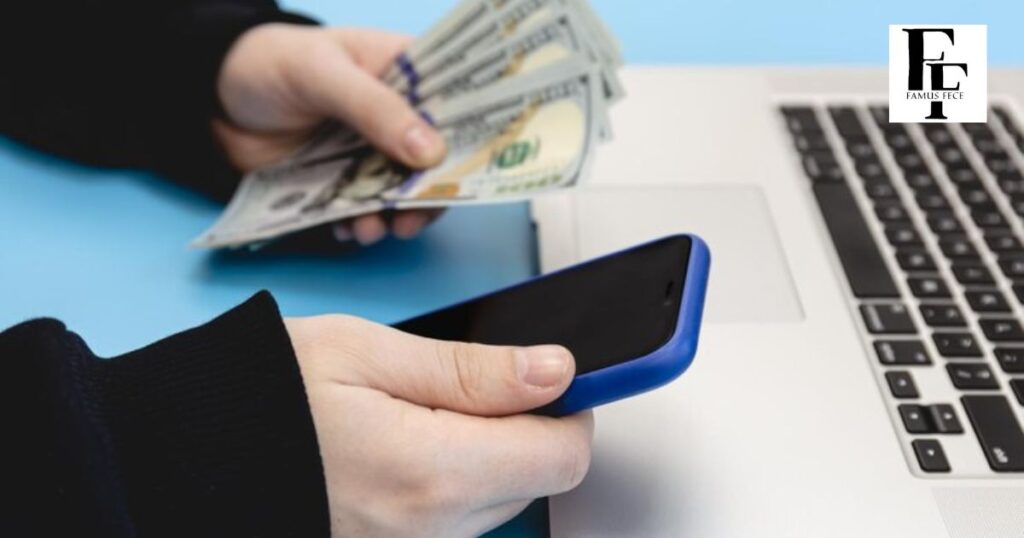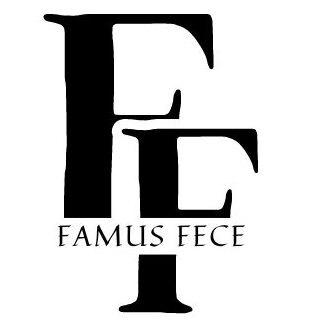Bank statements often contain cryptic codes and notations that can confuse account holders. One such notation, “HOLD REL MEM CR,” frequently appears on Chase Bank statements, leading to questions about its meaning and impact on fund availability.
HOLD REL MEM CR stands for “Hold Release Memo Credit.” It typically indicates a check deposit that the bank has placed on hold for verification. However, in some cases, account holders may notice this notation even when their funds are immediately available, creating an apparent contradiction.
This article aims to clarify the meaning of HOLD REL MEM CR, explain why it might appear when funds are accessible, and provide insights into bank hold policies. By understanding these processes, account holders can better manage their finances and navigate the complexities of modern banking.
Decoding HOLD REL MEM CR: What Does It Really Mean?
HOLD REL MEM CR is bank speak for “Hold Release Memo Credit.” It’s like a sticky note your bank puts on your account when you deposit a check. This note tells the bank to wait a bit before letting you use the money.
It’s the bank’s way of saying, “Hey, we got your check, but we need to make sure it’s good before we let you spend the money.” However, how long will HOLD REL MEM CR last?
The Paradox: When HOLD REL MEM CR Appears but Funds Are Available
Sometimes, you might see HOLD REL MEM CR on your statement, but surprise! Your money is ready to use. This situation of “hold rel mem cr but funds are available” can happen if you’re a long-time customer with a good track record or if the bank decides the check is probably okay.
It’s like when your friend says they’ll be late but then shows up on time anyway. The bank planned for a delay, but things worked out faster than expected.
Understanding Bank Hold Policies

Bankhold policies are like traffic rules for your money. They decide how long your cash needs to sit in your account before you can use it. These rules change based on things like how big the check is, where it came from, and how well the bank knows you.
The government also has rules about how long banks can hold your money. It’s all meant to keep your money safe and make sure checks don’t bounce, even when you see “hold rel mem cr but funds are available” on your statement.
Types of holds
Banks use different kinds of holds, like a safety net for your money. There’s the “new account hold” when you just opened your account. Then there’s the “large deposit hold” for extensive checks.
You might also see a “repeated overdraft hold” if you’ve had trouble keeping money in your account. Lastly, there’s the “redeposited check hold” for checks that bounced before. These holds are like different-sized waiting rooms for your money.
Reasons for holds
Banks put holds on your money for a few simple reasons. First, they want to make sure the check you deposited is actual and has enough money behind it. It’s like waiting for your friend actually to show up before you start the movie.
They also use holds to protect themselves from fraud, kind of like how stores check big bills to make sure they’re not fake. Sometimes, holds happen because of bank rules or because they think there might be a risk with the deposit.
Read More About: WHAT DOES HOLD REL MEM CR MEAN BY CHASE BANK?
Legal requirements for fund availability
The government has rules about how long banks can hold your money. It’s like a timeout limit in sports. Usually, banks have to make the first $225 of your deposit available by the next business day.
For the rest, they typically can only hold it for up to two to seven business days, depending on the type of check. These rules are there to make sure you can use your money in a reasonable time. But remember, weekends and holidays don’t count as business days in bank time.
Chase Bank and HOLD REL MEM CR: A Closer Look
Chase Bank often uses HOLD REL MEM CR on its statements. It’s like their unique code for “we’re checking this deposit.” Chase might use this when you deposit a check, especially a big one.
But don’t worry, it doesn’t always mean you can’t use your money. Sometimes, Chase puts this note on your account even when your cash is ready to use. It’s just their way of keeping track of things.
Factors Affecting Immediate Fund Availability
Several things can affect how quickly you can use your deposited money. It’s like a recipe – different ingredients can change the result.
Your account history, how much money you’re depositing, how you’re depositing it, and how risky the bank thinks the deposit is all play a part. Sometimes, these factors work in your favor, and you get your money faster than expected.
Account history and standing
Your account history is like your report card at the bank. If you’ve been a good customer for a long time, always keeping enough money in your account and not bouncing checks, the bank might trust you more.
This good behavior can lead to faster access to your deposited funds. It’s like being a regular at a coffee shop – they might start your order before you even ask.
Deposit amount and method

How much money you’re putting in and how you’re doing it matters. Small checks clear faster than big ones. Depositing cash at an ATM might be quicker than depositing a check from another bank.
Direct deposits are usually the fastest. It’s like choosing between snail mail and email – some ways are just quicker than others.
More Read: WHAT IS HOLD REL MEM CR MEANING CHASE BANK?
Bank’s risk assessment
Banks are always trying to figure out if a deposit is safe. They look at things like where the check came from, if it’s a type of check that often bounces, or if there’s anything unusual about it.
It’s like when you’re deciding whether to trust a stranger – you look for clues. If the bank thinks there’s less risk, they might make your funds available faster.
How to Check Your Available Balance vs. Account Balance?
Your account balance is all the money you have, but your available balance is what you can actually use right now. It’s like having a jar of cookies – the account balance is all the cookies in the jar, but the available balance is how many you’re allowed to eat today.
To check these, look at your online banking app or call your bank. Most apps show both balances. The available balance is the one you should watch when spending money or writing checks.
What do you do if you see HOLD REL MEM CR but need your funds?
If you see HOLD REL MEM CR but really need your money, don’t panic. First, check if any of the money is available – sometimes banks release part of the deposit early. If you still need more, call your bank.
They can release the funds early, especially if you’re a good customer. If not, ask when the money will be available. In emergencies, you might need to use savings or ask the bank about other options. Remember, being polite often helps when talking to the bank.
Preventing Future Holds: Tips and Best Practices
To avoid holds in the future, try these easy steps. Use direct deposit for your paycheck – it’s usually faster than depositing a check. If you’re expecting a big check, ask for a cashier’s check instead of a personal one.
Keep your account in good standing by avoiding overdrafts. Deposit checks as soon as you get them, and use your bank’s mobile app to deposit smaller checks. If you need to deposit a large amount, spread it out over a few days if possible. Lastly, get to know your bank’s policies on holds so you can plan.
When to Contact Your Bank About HOLD REL MEM CR?

Call your bank about HOLD REL MEM CR if you need clarification or need your money urgently. It’s a good idea to reach out if the hold lasts longer than the bank said it would or if you see this notation but still need to deposit a check.
Also, contact them if you’re facing financial hardship because of the hold. Don’t be shy – banks are there to help. Just explain your situation clearly and ask if there’s anything they can do.
Sometimes, they can release your funds early or explain why the hold is necessary.
Read This Article: WHAT IS FFNHELP ON YOUR BANK STATEMENT?
The Future of Banking: Digital Transactions and Faster Clearance Times
Banking is changing fast, like how we went from flip phones to smartphones. In the future, we’ll likely see fewer holds and faster access to our money. Digital transactions, like online transfers and mobile deposits, are becoming more common and quicker.
Some banks are already using new technology to clear checks in hours instead of days. Real-time payments, where money moves instantly between accounts, are also on the rise.
As these technologies improve, waiting for checks to clear might become a thing of the past, just like writing checks is becoming less common now.
FAQs
Can I spend money from a check deposit if I see HOLD REL MEM CR on my account?
It depends on your bank’s policies and your account status. Check your available balance, as some funds might be accessible even with the hold notation.
How long does a HOLD REL MEM CR typically last?
Most hold last 2-5 business days, but it can vary based on the deposit and your bank. Check your bank’s specific policies or contact them for the exact duration.
Will I see HOLD REL MEM CR for every check I deposit?
Not necessarily. This notation is more common for large deposits or new accounts. Regular, smaller deposits often clear without this hold.
Can I ask my bank to remove a HOLD REL MEM CR?
Yes, you can request an early release of funds, but it’s up to the bank’s discretion. Explain your situation to a bank representative, and they can help, especially if you’re a long-standing customer with a good history.
Final Thoughts
Understanding bank notations like HOLD REL MEM CR can help you manage your finances more effectively. While these holds can be frustrating, they serve important purposes in maintaining the security and stability of the banking system.
By familiarizing yourself with your bank’s policies, monitoring your account regularly, and communicating with your bank when necessary, you can navigate these holds more smoothly. Remember that in many cases, at least a portion of your deposited funds may be available even when a hold is in place.
As banking continues to evolve with new technologies, we can expect faster processing times and more transparent systems in the future. Until then, staying informed and proactive about your account management will help you make the most of your banking experience, ensuring you have access to your funds when you need them most.

Experienced website administrator Specializing in general topics. Skilled in managing content, Optimizing User Experience, and ensuring site functionality. Dedicated to Delivering Quality and Engaging online experiences for Visitors.












